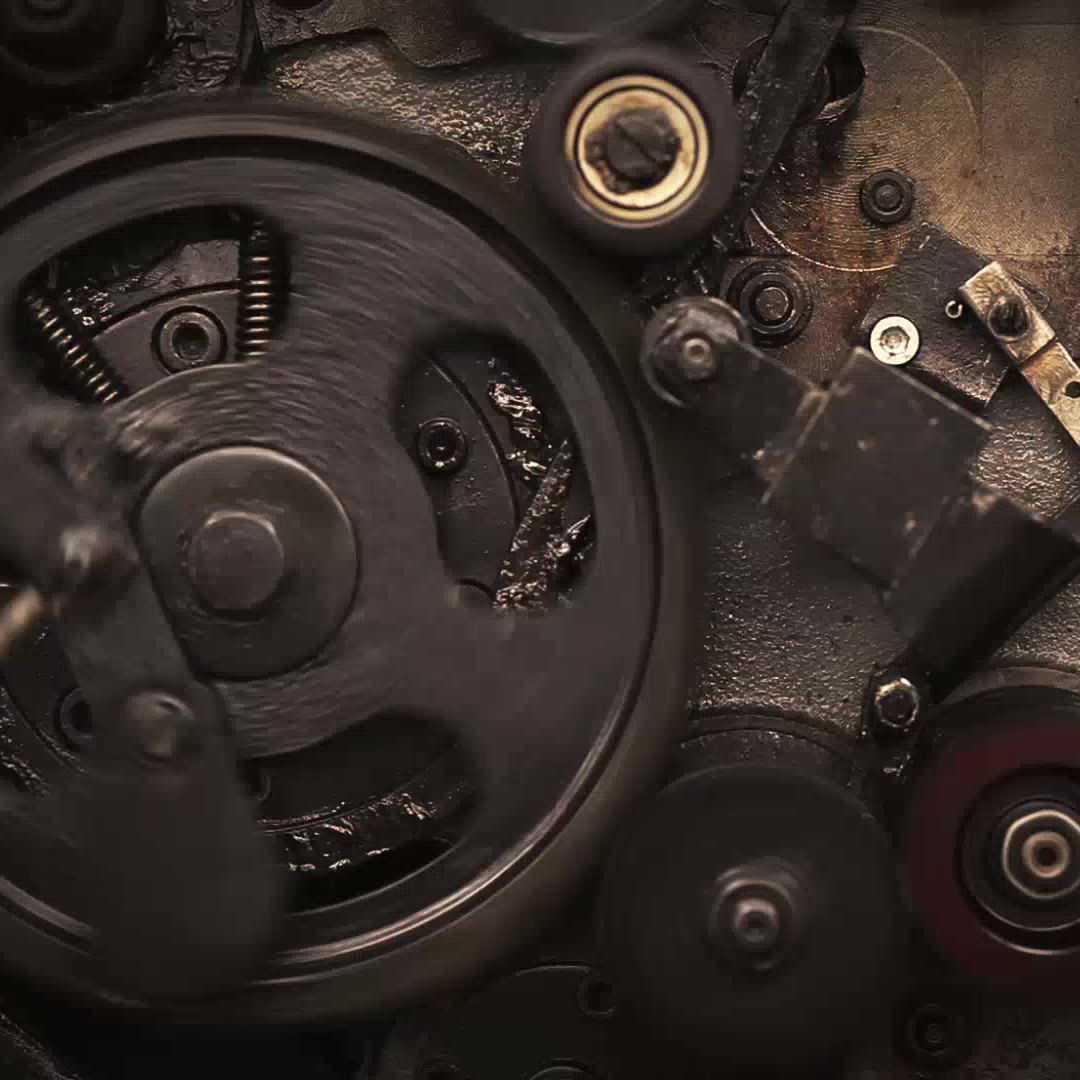German Steel Plant powers their Blast Furnaces entirely with Hydrogen
- Dhairya Goel
- Aug 29, 2021
- 3 min read
Updated: Sep 19, 2021
Hydrogen Could Replace Coke In Steelmaking & Lower Carbon Emissions Dramatically
In what is being hailed as a world-first, a German steel plant has just succeeded in powering one of their blast furnaces entirely with hydrogen.
Up until Thyssenkrupp Steel announced their groundbreaking achievement earlier this month, steel had been made exclusively using coal-powered furnaces. Reports say that the steelmaking industry uses about 1 billion tons of coal every year, which contributes to about 7% of global carbon emissions.
According to the US Energy Information Administration, burning one ton of coal produces almost three tons of carbon dioxide. Using hydrogen, however, produces only water vapor.
Since Thyssenkrupp successfully managed to power their “Furnace 9” with hydrogen in place of coal, the company now plans on powering all three of their Duisburg-based steel furnaces with hydrogen by 2023.
The company also plans to reduce their total emission output by at least 30% before 2030, and achieve carbon-neutrality by 2050.
“Today is a groundbreaking day for the steel industry,” said Premal Desai, Chairman of Thyssenkrupp Steel Europe. “We are doing pioneering work here. The use of hydrogen is the key lever for climate-neutral steel production. Today’s test is another step in the transformation of our production which will culminate in green steel.
About the Steel made by reduction of iron ore by Hydrogen instead of Coke:
On November 11, 2019, Thyssenkrupp Steel was the first company globally to inject hydrogen into a blast furnace during operation. Hydrogen replaces coal dust as additional reducing agent. The goal is to reduce CO2 emissions – for unlike carbon, hydrogen does not react in the blast furnace to form CO2, but water. The project is funded under the IN4climate.NRW initiative launched by the state government, is scientifically supported by the BFI research institute and supplied with hydrogen by Air Liquide.
This would be then be followed by the next decisive step towards climate neutrality: The construction of direct reduction plants, which are purely hydrogen-based and can be operated completely without coal“.

Working and Vision of Carbon neutrality:
Supply of hydrogen to the blast furnace will be via Air Liquide’s long-distance pipelines.
Together they are pushing forward the decarbonization of steelmaking – with the aim of equally addressing climate protection and international competitiveness. The climate strategy of thyssenkrupp Steel based on two paths- enabling both climate-neutrality in the long term and reductions in emissions in the short term. This involves the launch of a climate-neutral product in the near future. By 2022, thyssenkrupp Steel will produce around 50,000 tonnes of climate-neutral steel per year using hydrogen in the blast furnace. Once the DR systems have been set up, this volume will be continuously rising in the years to come. By 2030 Thysenkrupp will offer 3 million tons of climate-neutral steel per year – and thereby save some 6 million tons of CO2 per year.

Processing of Steel Mill Gases is another step towards achieving carbon neutrality-Carbon2Chem®:
The second method thyssenkrupp is pursuing in its goal to become climate-neutral by 2050 is the Carbon2Chem® project in which the company processes gases produced during steel production for later use. The German federal government has funded the first phase of the project since 2016 with more than €60 million. Since 2020, the second phase is running, which is also being funded by the German federal government with more than €75 million. “Steel production generates steel mill gases with components that contain carbon. With Carbon2Chem®, they are able to convert these gases into base chemicals for use in the chemical industry, which would otherwise require synthetic gas from imported fossil resources such as oil or natural gas,” says Dr. Markus Oles, project coordinator of Carbon2Chem®, describing the project’s central aim. “These base chemicals can then be used to make fertilizers, plastics, or fuels, for example.”
Since September 2018 thyssenkrupp has been working on this technology at the Carbon2Chem® technology center in Duisburg and has – for the first time anywhere in the world – produced ammonia and methanol from steel mill gases. Using both of these methods – Carbon2Chem® and the use of hydrogen as a reducing agent – in parallel will allow thyssenkrupp to considerably reduce the emissions of its existing blast furnaces. Carbon2Chem® technology can also be employed in other industries.





















Comments